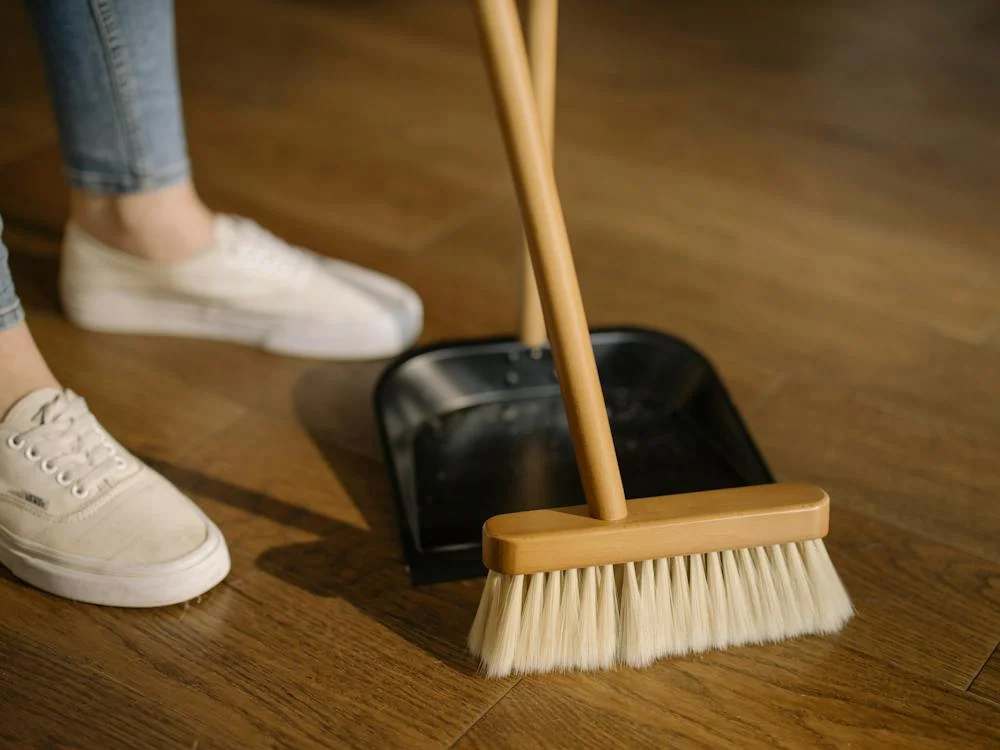Home cleaning might seem like a routine and mundane task, yet it hides a world of intriguing facts and secrets that go beyond the simple act of dusting and mopping. From the surprising health benefits associated with a clean living space to the historical evolution of cleaning products, there’s more to home cleaning than meets the eye. This article uncovers some of the most interesting facts about home cleaning, shedding light on why this everyday activity plays a significant role in our lives, cultures, and well-being.
The Origin of Spring Cleaning
Spring cleaning has historical roots that date back to ancient cultures. In Iran, the practice known as “khooneh tekouni,” which translates to “shaking the house,” occurs just before the Persian New Year on the first day of spring. Similarly, the ancient Jewish tradition of thoroughly cleansing the home before Passover is another early form of spring cleaning aimed at removing all traces of leavened bread. These traditions highlight the long-standing human desire for renewal and cleanliness that aligns with the arrival of spring.
Cleaning Products and Indoor Air Quality
While cleaning is essential for maintaining a healthy home, some commercial cleaning products can negatively affect indoor air quality. Studies have shown that certain chemicals found in cleaners can contribute to indoor air pollution, potentially leading to health issues over time. This has led to a growing interest in eco-friendly and homemade cleaning solutions, emphasizing the importance of choosing products that are safe for both our health and the environment.
Dust Composition

Dust in our homes is more than just dirt. It’s a complex mixture that can include dead skin cells, hair, pet dander, dust mite excrement, and even microscopic particles from outer space. Regular dusting and vacuuming are crucial for controlling dust levels and ensuring a cleaner, healthier living environment.
The Invention of the First Steam Cleaner
The first steam cleaner was invented in the early 20th century, marking a significant milestone in the evolution of cleaning technology. This innovative device was created by an Italian inventor, Francesco Morphy, in 1927. Morphy’s steam cleaner was designed to clean and sanitize hospitals, a task that was particularly challenging at the time due to the prevalence of infectious diseases and the lack of efficient cleaning methods.
The Steam Cleaner’s Evolution
From Morphy’s initial design, the steam cleaner has evolved significantly. Modern steam cleaners are now used in a variety of settings, from homes to businesses, and for a wide range of cleaning tasks. Today’s devices are more compact, efficient, and versatile than their early counterparts, capable of cleaning floors, tiles, kitchen appliances, and even clothing. The principle, however, remains the same: using high-temperature steam to clean surfaces and objects effectively and hygienically.
The Microbial Life in Your Home
Your home is a thriving ecosystem of microbial life, with bacteria and fungi living on surfaces, in the air, and even on cleaning tools like sponges and cloths. Research has revealed that the kitchen sponge is one of the most bacteria-ridden items in the average home, harboring a higher density of bacteria than many other household items. This fact underscores the importance of regularly disinfecting or replacing sponges to prevent the spread of germs.
Managing Pet Hair with Static Electricity
One interesting fact about keeping the home clean while having pets is the innovative use of static electricity to manage pet hair. Pet owners are often challenged by the constant shedding of their furry friends, which can cling to furniture, clothing, and virtually every surface of the home. A simple yet effective technique involves using items that naturally accumulate static electricity, such as rubber gloves or a slightly dampened sponge, to effortlessly attract and collect pet hair from various surfaces.
The Psychological Benefits of Cleaning
Cleaning can have a profound impact on our mental health and well-being. Engaging in cleaning activities has been shown to reduce stress, improve mood, and instill a sense of satisfaction and control. The act of decluttering can also help reduce anxiety and promote a more focused and calm mindset, illustrating how home cleaning affects not only our physical surroundings but also our mental state.
The Science Behind Furniture Sliders
An interesting fact about moving furniture on both carpet and wood floors involves the use of furniture sliders, a simple yet ingenious invention that significantly reduces friction and makes the task much easier. On carpeted floors, these sliders are typically made from smooth, hard plastic. The smooth side faces down, gliding over the carpet and allowing heavy pieces to move effortlessly without pulling or straining. This not only facilitates the rearrangement of rooms but also prevents damage to the carpet fibers that can occur from dragging heavy objects.
Conclusion
From the origins of spring cleaning in ancient cultures to the modern advancements in cleaning technology, such as the first steam cleaner, home cleaning has evolved significantly over the centuries. The strategies for tackling pet hair with static electricity and the careful consideration needed when moving furniture on different types of flooring highlight the blend of practical knowledge and creative problem-solving that defines the art of keeping our homes clean.
Additional Suggestions
- You may need a part time maid provider around your area if you want a professional to clean your home.
- If you have beautiful furniture, regularly cleaning your home is essential if you want to keep the beauty of those pieces.
- Pick the best & heavy-duty furniture sliders to move heavy furniture with ease.
- From 2020 to 2021, over three million pets were purchased in the UK. Because of the overwhelming number of pets that some people own, it could often be difficult for them to keep their home clean due to pet hair.
- Use wipeable kitchen paint on the walls around your pet’s food bowl so you can easily remove any splatters of food or water.
You will need to buy a heavy-duty carpet cleaner to remove any pet spillages and accidents on the floor or other surfaces.